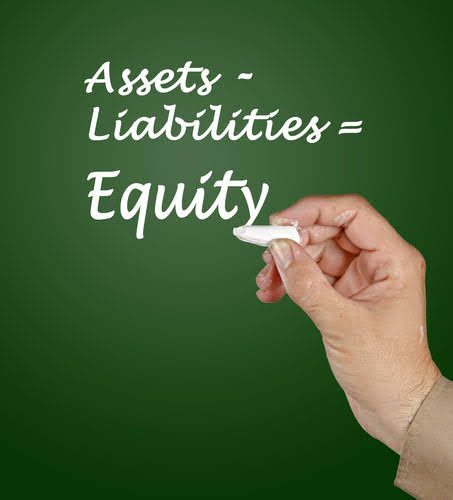
In accounting, revenue recognition is one of the areas that is most susceptible to manipulation and bias. In fact, it is estimated that a significant portion of all accounting fraud stems from revenue recognition issues, given the amount of judgment involved. Understanding the revenue recognition principle is important in analyzing financial statements. There’s no doubt that one rule impacts different industries in different ways. This type of industry may have not seen any major trouble on its way when it started to adopt the new standard. That is because their way of business is simply selling products and then recognizing the revenue post the delivery of the item, despite the method of payment.
From the course: Accounting Foundations: Understanding the GAAP (Generally Accepted Accounting Principles)
The third criterion for revenue recognition is the determination of the transaction price. The transaction price is the amount of consideration that a company expects to receive in exchange for providing the goods or services. https://www.bookstime.com/ The company must determine the transaction price and allocate it to each performance obligation in the contract. The second criterion for revenue recognition is the identification of the performance obligations.
Definition of revenue recognition principle in accounting
- It is important to note time of sale recognition is not commonly applicable in today’s world of accounting in accordance with US GAAP.
- Upgrading to a paid membership gives you access to our extensive collection of plug-and-play Templates designed to power your performance—as well as CFI’s full course catalog and accredited Certification Programs.
- ASC 606, also known as the revenue recognition model, is an accounting standard created jointly by the Financial Accounting Standards Board (FASB) and the International Accounting Standards Board (IASB).
- However, accounting for revenue can get complicated when a company takes a long time to produce a product.
Companies may need to provide an estimation of projected gift card revenue and usage during a period based on past experience or industry standards. If the company determines that a portion of all of the issued gift cards will never be used, they may write this off to income. In some states, if a gift card remains unused, in part or in full, the unused portion of the card is transferred to the state government. It is considered unclaimed property for the customer, meaning that the company cannot keep these funds as revenue because, in this case, they have reverted to the state government. A customer purchases a shirt on June 15th and pays for it on a credit card.
Why was the ASC 606 revenue recognition model created?
Generally undertaken for long-term projects, in this method, the revenue is recognized in proportion to the work completed as the project progresses. In this method, we recognize revenue only when all the obligations laid down in the contract are completed. Here, both revenue and expense according to the revenue recognition principle are determined after the fulfillment of the contract, as gauging the revenue as the work progresses is often difficult to estimate. This is generally conducive for short-term contracts and cannot be utilized if companies are providing extended warranties and return periods.
Having a system that can automatically segment your customers and report your revenue over specified periods makes these concepts a breeze to follow. First, the two transactions occurred over three years in reality, but both are used in the same middle year for the income statement (and therefore taxes). In the first case, you have more cash on hand than your company has actually earned. In the second case, you have less cash on hand than you have earned, and you might not even receive all the money you have earned. Your company offers a discount to clients that pay their bill annually instead of monthly. In fixed-price contracts, the contractor/builder agrees to a price before construction actually begins.

ACCOUNTING, AUDIT & ASSURANCE BLOG

